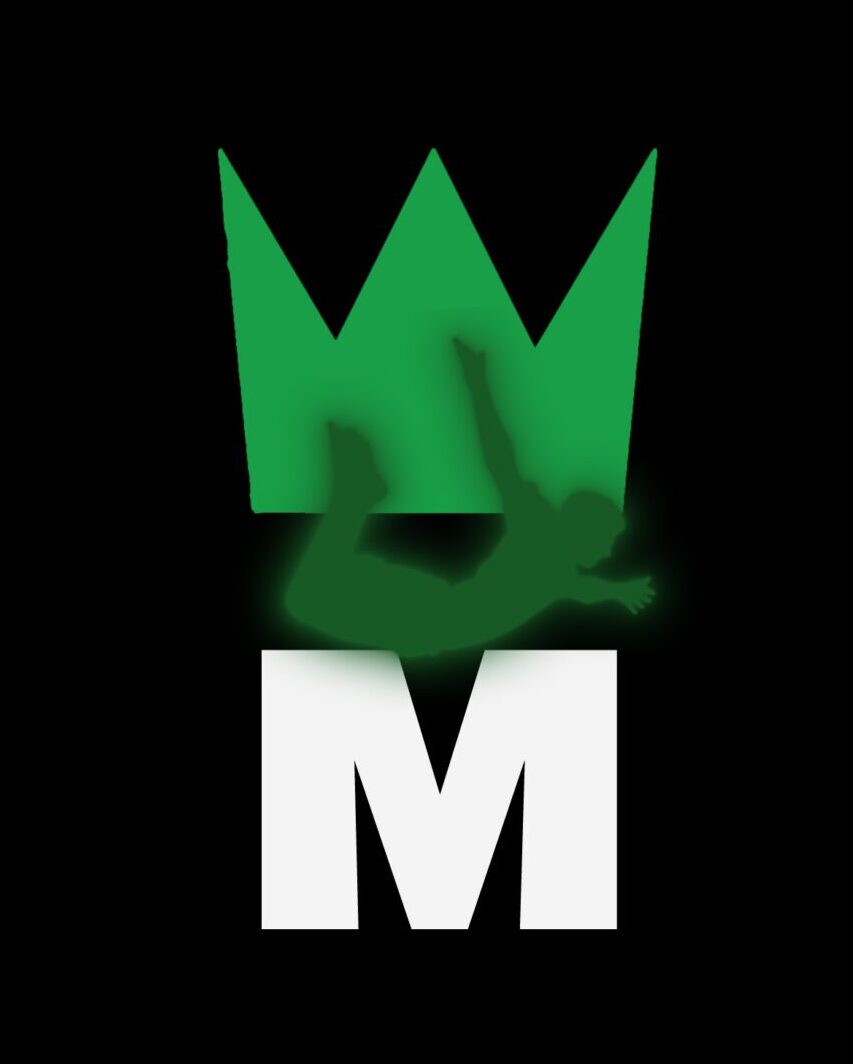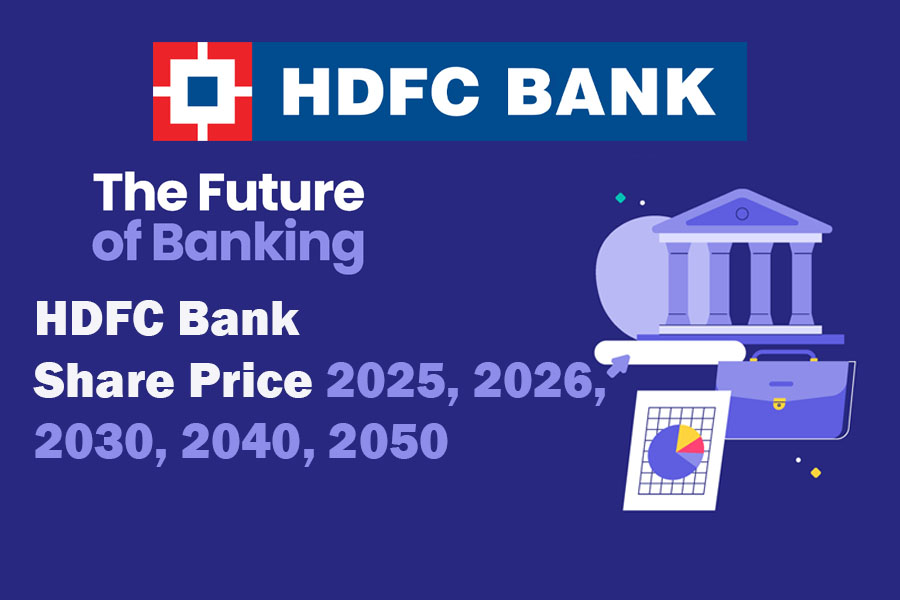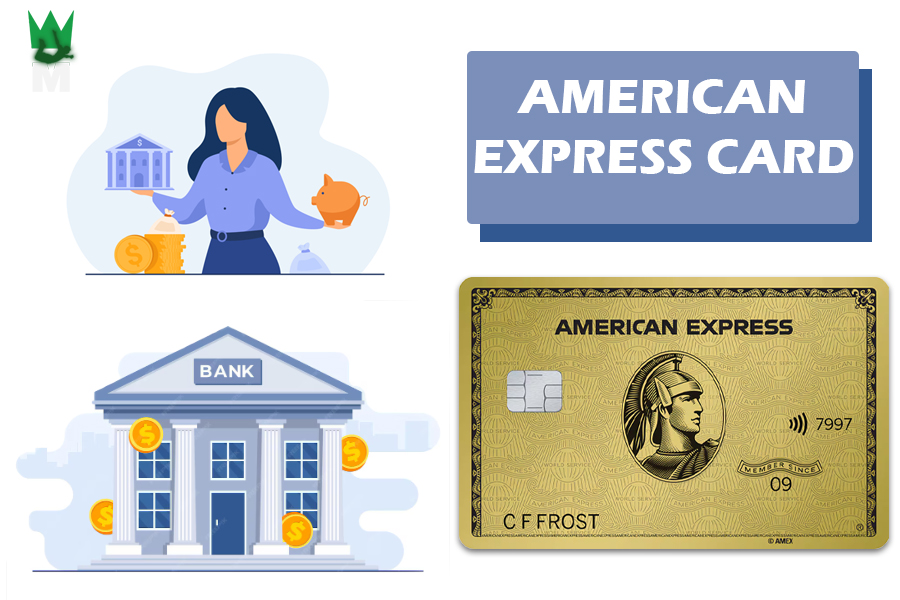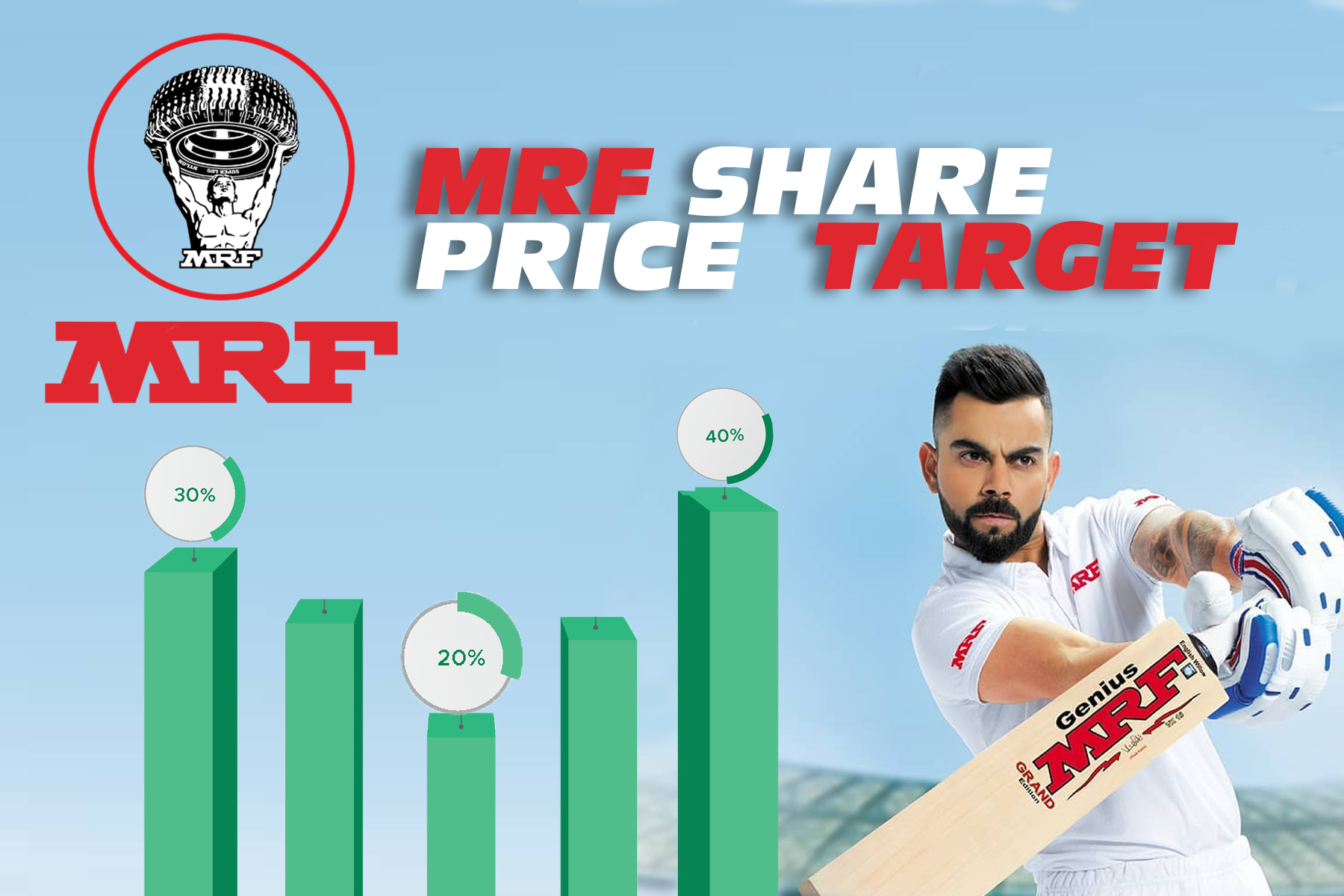HDFC Bank Limited is the largest private bank in India by market capitalization and the first bank in the world to come up with new ideas for retail banking. The bank opened in 1994 and has always had great assets, cutting-edge digital solutions, and strong financial results.
Since the historic merger of HDFC Limited and HDFC Bank in July 2023, the company has grown into a full-service financial powerhouse that offers wealth management, corporate banking, retail loans, and housing finance.
This article is a must-read for investors, students, and finance professionals. It gives a full picture of HDFC Bank, including its history, services, financial performance, digital transformation, challenges, and future prospects.
The main purpose of this article is to analyze HDFC Bank Share Price Targets for 2025, 2030, 2040, and 2050, while also understanding the company’s fundamentals that drive its growth potential.
HDFC BANK SHARE PRICE TARGET FOR 2025
| Month | Minimum Price (₹) | Maximum Price (₹) |
|---|---|---|
| January | 1625 | 1804 |
| February | 1665 | 1762 |
| March | 1670 | 1844 |
| April | 1740 | 1978 |
| May | 1855 | 2088 |
| June | 1936 | 2029 |
| July | 1972 | 2034 |
| August | 1880 | 2154 |
| September | 1850 | 2145 |
| October | 1922 | 2287 |
| November | 2026 | 2390 |
| December | 2282 | 2688 |
The history of HDFC Bank
Housing Development Finance Corporation (HDFC) Limited, the largest housing finance company in India, helped HDFC Bank become a bank in August 1994. The Reserve Bank of India (RBI) made the banking industry more open in India, and this was one of the first private banks to get a license.
• 1994: The first corporate office and branch opened in Mumbai.
• 1995–2000: Added ATM services and grew in metro areas.
• From 2000 to 2010, they were the first to issue credit cards and offer online banking.
• From 2010 to 2020, it was always rated as one of the most profitable Indian banks.
• 2023: HDFC Limited and another company merged to form India’s biggest financial services company.
HDFC BANK SHARE PRICE TARGET FOR 2026
| Month | Minimum Price (₹) | Maximum Price (₹) |
|---|---|---|
| January | 2280 | 2446 |
| February | 2348 | 2470 |
| March | 2374 | 2491 |
| April | 2340 | 2523 |
| May | 2400 | 2555 |
| June | 2432 | 2580 |
| July | 2492 | 2687 |
| August | 2540 | 2751 |
| September | 2590 | 2755 |
| October | 2678 | 2878 |
| November | 2745 | 2900 |
| December | 2835 | 3290 |
HDFC BANK FUTURE SHARE PRICE TARGET 2025 TO 2050
| Year | Minimum Price (₹) | Maximum Price (₹) |
|---|---|---|
| 2025 | 1625 | 2600 |
| 2026 | 2292 | 3152 |
| 2027 | 2835 | 3938 |
| 2028 | 3895 | 4703 |
| 2029 | 4600 | 5462 |
| 2030 | 5310 | 6245 |
| 2040 | 11207 | 12010 |
| 2050 | 19000 | 19079 |
The Business Model and Services
1. Banks for Retail HDFC Bank is a retail bank. Some of the products are: • Checking accounts, savings accounts, and deposits
• Loans for your home, car, school, and personal use
• Credit cards, debit cards, and prepaid cards
• Digital payment options like UPI, mobile banking, and net banking
2. Banks for businesses
HDFC Bank offers financing options like working capital and trade finance to small and medium-sized businesses, startups, and multinational companies.
Structured loans and project financing; cash management and supply chain solutions
3. How the Treasury works
The bank’s treasury division takes care of currency transactions, interest rate risk, and liquidity.
4. Wealth Management and Investment Services
HDFC Bank is a one-stop shop for high-net-worth individuals (HNIs) who need mutual funds, insurance, and help managing their portfolios.
The Change in Digital Banking
HDFC Bank has been a leader in digital banking in India, with 95% of transactions now taking place online. Some of the biggest improvements are: • NetBanking and MobileBanking, which offer more than 120 online services.
• PayZapp and SmartHub: Businesses and stores can accept payments online.
AI-powered chatbots and voice banking for customer service; biometric and UPI-based authentication for safe transactions.
Because it was one of the first banks to use new technology, HDFC Bank now has an edge over both established banks and new fintech companies.
Financial Performance HDFC Bank has continuously produced excellent outcomes.
• Market Capitalization: One of Asia’s leading banks.
• Net profit growth: for more than 20 years, it has grown by double digits annually.
• Low NPAs: Among Indian banks, it keeps one of the lowest ratios of non-performing assets.
• Loan Book: Contains both corporate and retail clients.
It is a popular option among investors due to its capacity to strike a balance between asset quality and profitability.
Branch Reach and Network
• More than 20,000 ATMs; more than 7,800 branches throughout India. • International Offices: London, Hong Kong, and Dubai are all present.
In order to promote financial inclusion, the bank is quickly growing in semi-urban and rural India in addition to having a significant urban footprint.
Both Governance and Leadership
The robust governance practices of HDFC Bank are well-known. • In 2020, Mr. Sashidhar Jagdishan assumed the role of CEO and MD. The bank is renowned for its ethical behavior, professional management, and openness.
The competitive environment Big public and private banks like State Bank of India, Axis Bank, Kotak Mahindra Bank, and ICICI Bank are competitors of HDFC Bank. Its strong brand reputation, devoted customer base, cutting-edge digital services, and extensive product line are some of its advantages.
In order to support SMEs and startups with loans, promote financial inclusion in rural India, collaborate on government programs like Digital India and Make in India, and promote cashless payments and UPI adoption, HDFC Bank is essential.
Obstacles
Despite its dominance, HDFC Bank faces the following obstacles: increasing fintech competition; uncertain global economic conditions; cybersecurity risks in digital banking; and stringent regulatory compliance requirements.
Outlook for the Future
The future of HDFC Bank is still bright: Using blockchain, AI, and machine learning in financial services; growing wealth management and investment banking; expanding into rural India to reach unexplored markets; and improving global visibility following the HDFC merger
Forecasting steady earnings growth and long-term shareholder value creation, analysts are still optimistic.
Disclaimer
The information on this blog is only for learning and informational purposes. We are not financial advisors who are registered with SEBI. You should do your research or talk to a licensed financial advisor before making any decisions about investments or trading. There are risks involved with investing in the stock market and cryptocurrencies, such as the chance of losing money. We can’t promise that any of the forecasts or price targets we talk about will be correct, complete, or work out in the future. The blog owner is not responsible for any money that is lost because of this information.
1: How much will HDFC Bank cost in 2030?
HDFC Bank’s share price is expected to be between ₹5,300 and ₹6,200 by 2030, depending on how the market and the economy do.
What is the best share to buy in India for 2030?
HDFC Bank is one of the best long-term picks, but Reliance Industries, TCS, Infosys, and ICICI Bank are also good choices for 2030, depending on how the sectors do.
What will HDFC Bank’s return be in 10 years?
HDFC Bank has consistently returned between 12% and 15% CAGR over the past ten years, which is better than many other banks. Earnings growth and a stable economy will determine future returns.



